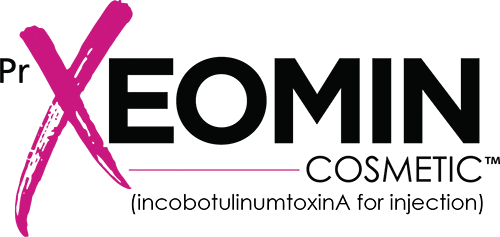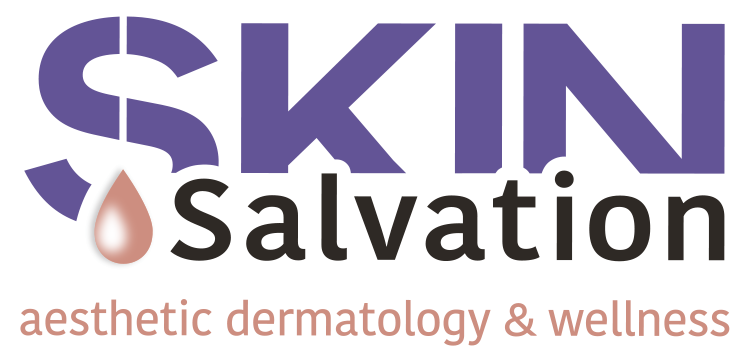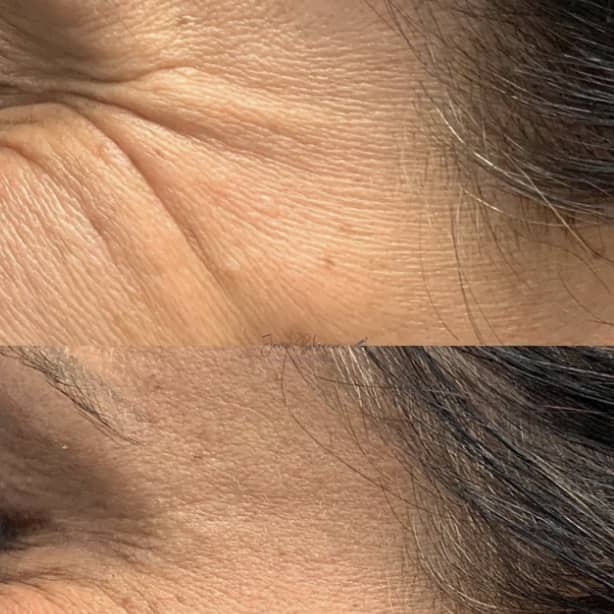Wrinkle Relaxers
Enjoy a more youthful appearance
Better known by their brand names Botox, Dysport, and Xeomin, these neuromodulators are used to soften forehead lines, “crows feet” (lines around the eyes), and frown lines (“11” between the eyebrows) that form over time from repetitive movements and other factors. Treatment is safe and effective.
These medications are sometimes referred to as neuromodulators and are used to treat wrinkles that appear with movement (dynamic wrinkles). Wrinkle relaxers work by inhibiting nerve activity which blocks muscle contraction, essentially freezing the muscle. All of these muscles work in harmony, so it is very important to have an experienced injector who knows the underlying anatomy and natural movements of the face.
The different kinds of muscle relaxants

Botox Cosmetic is often considered the “gold standard” in wrinkle relaxers. It is FDA approved for “crow’s feet” (lines on sides of the eyes), between the eyebrows (11’s), and forehead lines. Botox is FDA approved for chronic migraine relief and primary axillary hyperhidrosis (excessive underarm sweating). Botox starts working 2-10 days after treatment; it’s important to note the effects are not immediate. The results typically last 3-6 months.

Xeomin is a wrinkle relaxer that is FDA approved for frown lines between the eyebrows. “Naked” form of the neuromodulator so it may be appropriate for a person with a history of non-responsiveness to other wrinkle relaxers. Dosing of units, onset, and duration is similar to Botox.

Dysport is a product FDA approved for reducing wrinkles between the eyebrows. Onset is 2-10 days and it lasts 3-6 months. Dosing of units is different than the other neuromodulators.
Results
Pricing
Pricing is by units. Different areas of the face require different amounts of units. The average number of units is typically around 50 units per session. Dysport is dosed differently than other wrinkle relaxers.

Crow’s feet
10-16 units per side

Frown lines
20-40 units

Forehead
10-30 units



